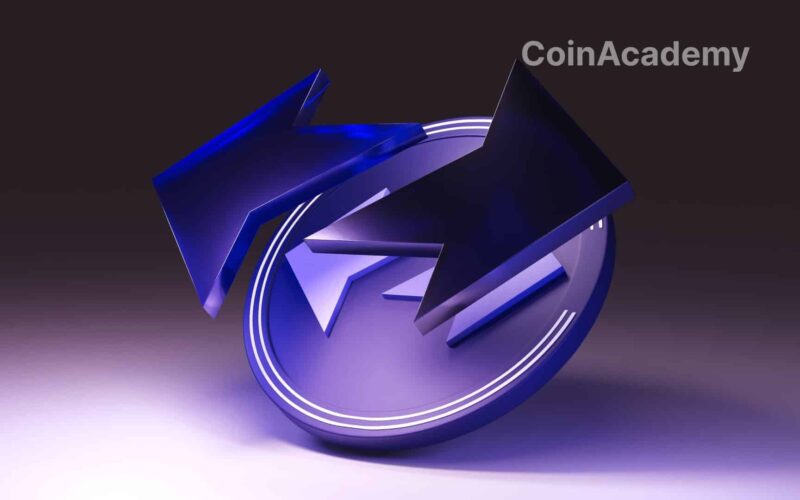zkSync v24 Update Introduces Elastic Chain Architecture
The developer of layer 2 solution, zkSync, has recently announced a major overhaul of its architecture by introducing the concept of an ‘elastic chain’ as part of its zkSync 3.0 roadmap.
This evolution marks the transition of the project from a single ZK rollup chain to an interconnected network of ZK chains, offering a unified and seamless user experience.
New Architecture for zkSync
The v24 update is a crucial step in this transformation. It reconfigures the native ZKsync bridge into a ‘token vault’, thereby improving the connectivity between the different ZK chains within its expanding ecosystem.
This update follows a 3.675 billion ZK token airdrop distributed to early users of the layer 2 solution, representing 17.5% of the total supply of 21 billion ZK tokens.
Goal: Unifying a Multi-Chain Ecosystem
The developers envision an architecture where transactions operate smoothly as if on a single blockchain. Transactions will require only one wallet confirmation, eliminating the need to switch between networks or manually transfer assets.
The network begins with ZKsync Era, the flagship rollup of the project, serving as the foundational layer of the elastic chain ecosystem. Ultimately, over 20 chains are expected to be operational on the mainnet by the end of 2024, developed with the ZK Stack software kit. Among the included projects are Lens Protocol, GRVT, QuarkID, PlayFi, Cronos zkEVM, Nodle, and others.
The concept of an elastic blockchain, first introduced by zkSync developers at the SmartCon 2022 event, aims to enhance proof aggregation and inter-chain interoperability through ZK Stack. For users, the elastic chain promises a seamless multi-chain environment that functions intuitively as a single entity.
Interaction with any smart contract across the network will be simplified through the Ethereum Multi-Chain Address (EMCA) standard. This standard is designed to streamline address identification across different blockchains by abstracting the specific chain details for users.




